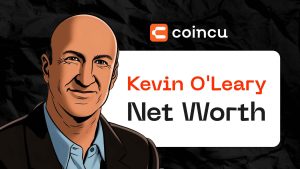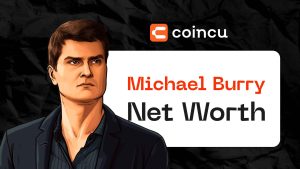What sets Arbitrum apart from the bulk of Layer 2 scaling solutions on Ethereum?
Arbitrum is one of Ethereum’s Layer 2 networks that has received significant attention from users and developers since its inception. Arbitrum accounted for 41.88% of the total locked-in value (TVL) of Layer 2 solutions of $ 2.25 billion as of December. It is currently the leading scaling solution among all Layer 2 networks.
Percentage locked value of Layer 2 solutions | The source: Footprint analysis
Arbitrum launched the mainnet on September 1, 2021, which appears to be later than other Layer 2 networks. Even so, his TVL quickly outperforms projects and even does better than expected.
TVL growth trend of Layer 2 solutions | The source: Footprint analysis
But what makes Arbitrum stand out from the crowd? Here are some reasons:
Low technology changeover costs
In a short time, the Optimistic roll-up solution from Arbitrum became more popular with developers than the technically complex ZK roll-up solution. In the long term, however, the ZK roll-up network has catching-up potential thanks to faster speeds and greater security.
Low gas fee
Arbitrum processes 40,000 transaction requests per second, much more than Ethereum’s 15-30 requests, greatly reducing network congestion, increasing speed and lowering transaction costs. According to data from other platforms, Arbitrum’s transaction cost is 1.8 Gwei compared to Ethereum’s 64 Gwei – almost 36 times that of Arbitrum.
More open ecosystem
Many people may wonder why an optimistic network (even with an optimistic rollup solution) isn’t as good as Arbitrum?
Arbitrum’s rollout strategy was to network more than 400 DeFi projects before opening them to the public, and dozen of projects were already online at the same time at the time of launch. This allows users to perform a wide variety of activities within the ecosystem. On the other hand, Optimistic uses a whitelisting mechanism and only whitelisted projects can be made available on its mainnet.
Because of the open implementation of Arbitrum, it is not the flagship DeFi protocol that makes Arbitrum famous, but rather the various “degen” investments (investments that are not thoroughly evaluated prior to implementation) of incredibly high profits.
Arbitrum’s initial TVL growth was largely due to ArbiNYAN, which attracted investors to invest their native tokens with a return of over 1000%. These projects make the new ecosystem better known, although not every project is legitimate.
Introduction to the Arbitrum Ecosystem
Arbitrum currently only has 44 active projects and that is not a large number. The DeFi portfolio includes mainly decentralized exchange projects (DEX), assets and loans.
DEX accounts for 56% of TVL, assets for 18% and loans for 17.8%.
TVL of the types of projects on Arbitrum | The source: Footprint analysis
If you look at the TVL ranking of DeFi projects, Degen projects are no longer in the top 5 and many mainstream projects have risen to the top. Curve took first place, with TVL reaching $ 420 million.
Top 5 DeFi Protocols on Arbitrum | Source: Footprint Analytics
Conclude
Arbitrum is a major Ethereum scaling solution that attracts a lot of capital ($ 124 million in Series A, B funding) and is worth $ 1.2 billion. Arbitrum has yet to introduce cryptocurrency, and the co-founder of the Offchain Labs development team stated that there are no plans to launch a private token in the near future.
Arbitrum is still in the early stages of development that is expected to continue to enrich its ecosystem and attract more developers and investors.
Join Bitcoin Magazine Telegram to keep track of news and comment on this article: https://t.me/coincunews
Follow the Youtube Channel | Subscribe to telegram channel | Follow Facebook page
















